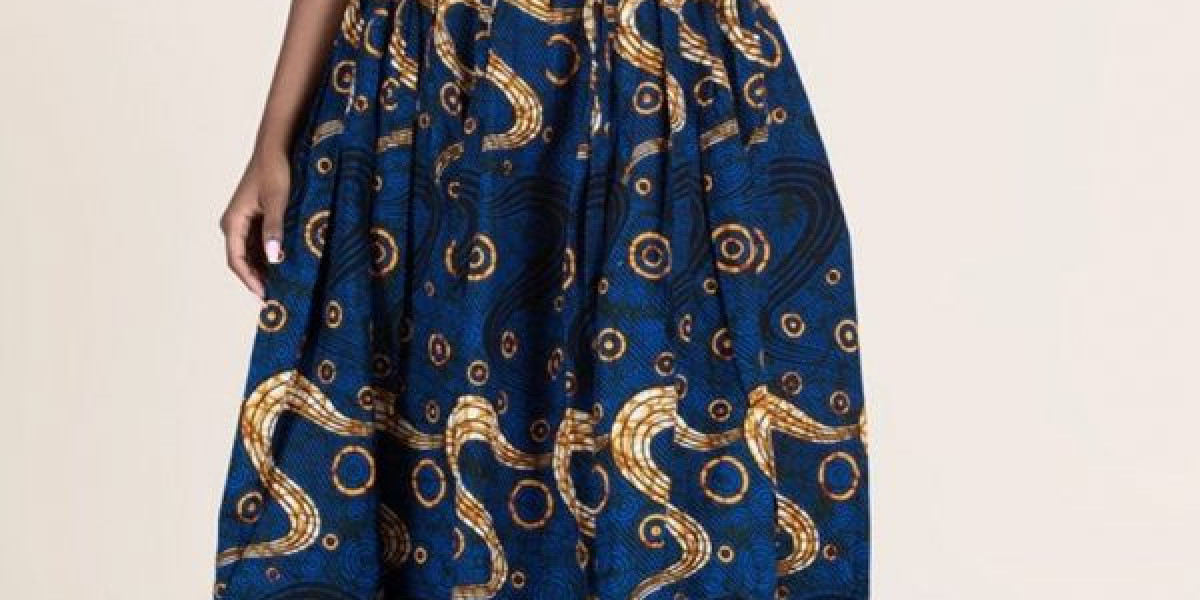Traditional African clothing embodies centuries of cultural heritage, craftsmanship, and identity, reflecting the diversity and richness of the continent's numerous ethnic groups and communities. From the vibrant Kente cloth of Ghana to the flowing dashikis of West Africa, traditional African clothing serves as a tangible expression of cultural pride, social status, and artistic creativity. In this article, we delve into the intricate history, diverse styles, and enduring significance of traditional African clothing.
The history of traditional African clothing is deeply rooted in the continent's rich tapestry of cultures, traditions, and belief systems. Across Africa's diverse regions, ethnic groups have developed distinct textile traditions and garment styles, with each reflecting the unique cultural, environmental, and historical contexts of its creators. For example, the Kente cloth of the Akan people in Ghana is renowned for its intricate patterns and symbolic motifs, while the dashiki, a loose-fitting tunic, holds cultural significance for many West African communities.
One of the defining features of traditional African clothing is its vibrant colors and bold patterns, which are often imbued with symbolic meaning and cultural significance. Colors such as red, yellow, blue, and green are commonly used in African textiles, each carrying its own symbolism and representing concepts such as fertility, royalty, spirituality, and vitality. Additionally, patterns and motifs inspired by nature, folklore, and ancestral symbols adorn traditional African garments, conveying stories, proverbs, and social messages.
The production of traditional African clothing involves a range of traditional techniques and artisanal skills, passed down through generations of skilled craftsmen and women. Handwoven textiles, such as Kente cloth and Bogolan mudcloth, are created using traditional looms and natural fibers, while dyeing techniques such as batik and tie-dye produce vibrant patterns and designs. Embroidery, beadwork, and appliqué are also common embellishments, adding texture and detail to garments.
African attire serves various social, cultural, and ceremonial functions within African communities. Garments are often worn to mark significant life events such as weddings, births, and coming-of-age ceremonies, as well as religious and spiritual rituals. In many cultures, specific garments are associated with particular social roles, age groups, or status within the community, reflecting social hierarchies and cultural norms.
One of the most iconic forms of traditional African clothing is the dashiki, a loose-fitting tunic worn by men in West Africa. Originating from the Yoruba people of Nigeria, the dashiki is characterized by its wide sleeves and embroidered neckline, often adorned with intricate designs and symbolic motifs. Today, the dashiki has become a symbol of African pride and identity worldwide, embraced by people of all genders and backgrounds as a fashion statement and political statement.
Another celebrated form of traditional African clothing is the Kaftan, a flowing robe-like garment that originated in North Africa and has spread throughout the continent. Made from lightweight fabrics such as cotton or silk, Kaftans are often embellished with intricate embroidery, beadwork, or appliqué, making them suitable for both everyday wear and special occasions. In many African cultures, Kaftans are worn by both men and women as a symbol of elegance and refinement.
In addition to these iconic garments, traditional African clothing encompasses a wide range of styles and designs, reflecting the cultural diversity and artistic creativity of the continent. From the intricately woven fabrics of West Africa to the beadwork and leatherwork of Southern Africa, traditional African clothing celebrates the richness and resilience of African culture and heritage.
African wear for ladies is more than just garments; it is a reflection of identity, culture, and heritage. From the vibrant colors and bold patterns to the intricate craftsmanship and symbolic motifs, traditional African clothing embodies the creativity, diversity, and resilience of the continent's numerous ethnic groups and communities. As African fashion continues to evolve and gain recognition on the global stage, traditional African clothing remains a source of pride and inspiration for generations to come.



